Examining the Book of Isaiah 1
Mike Ervin
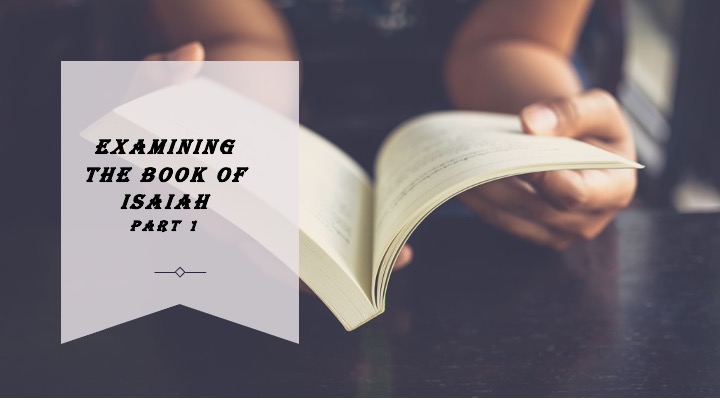
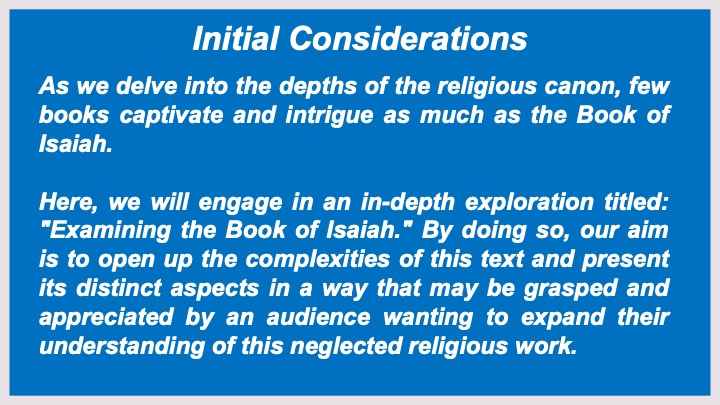
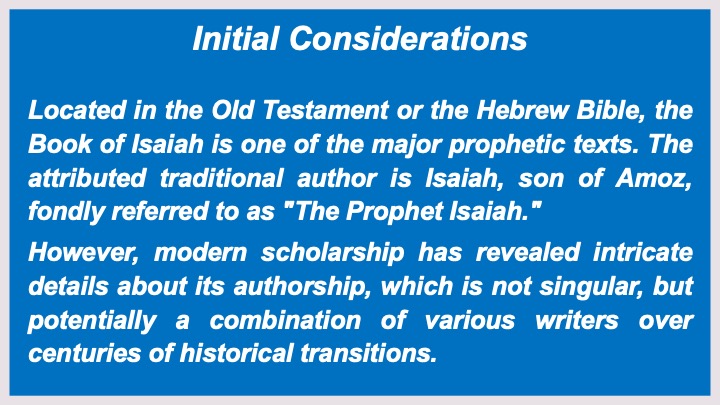
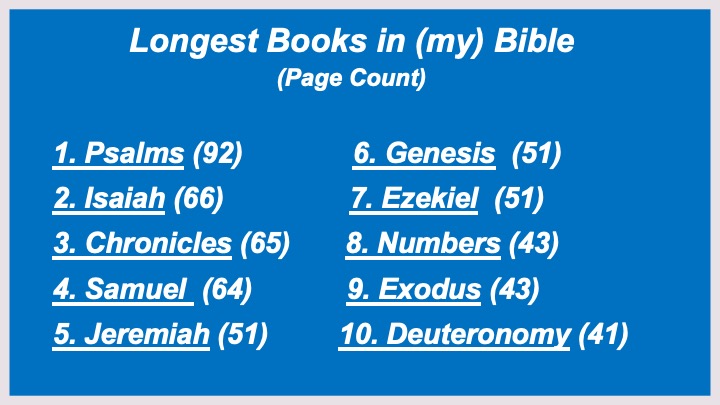
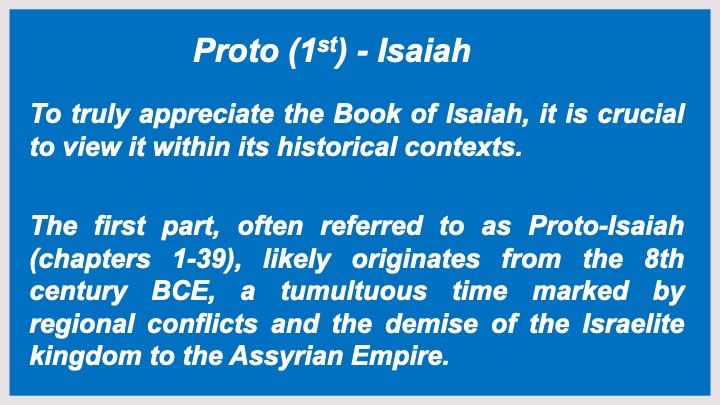
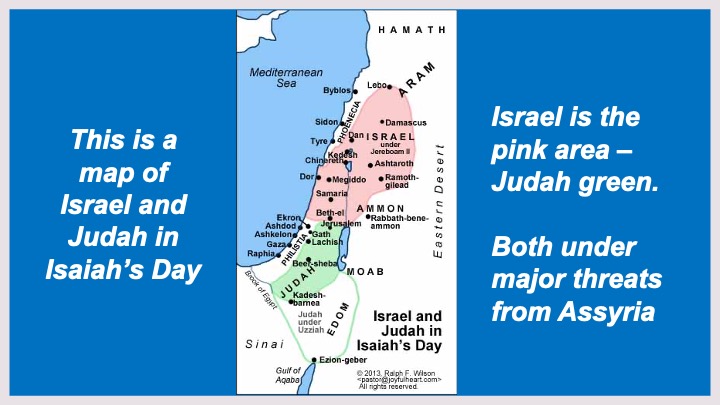
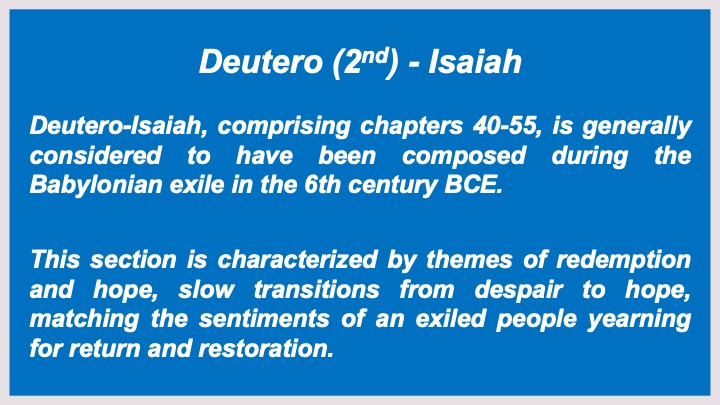
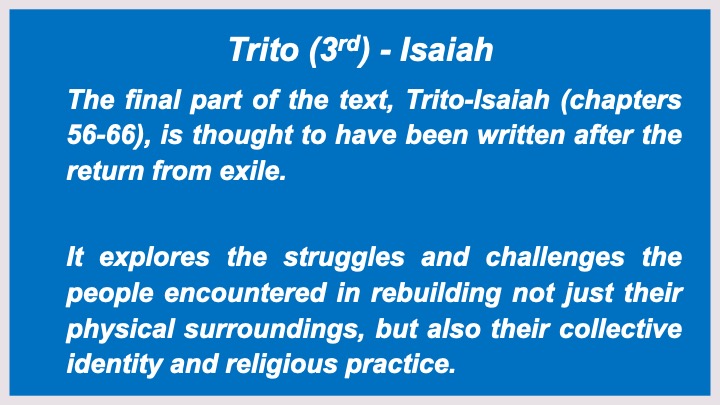
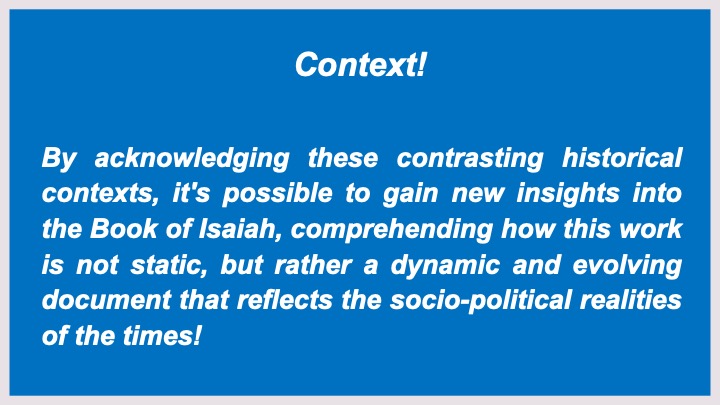
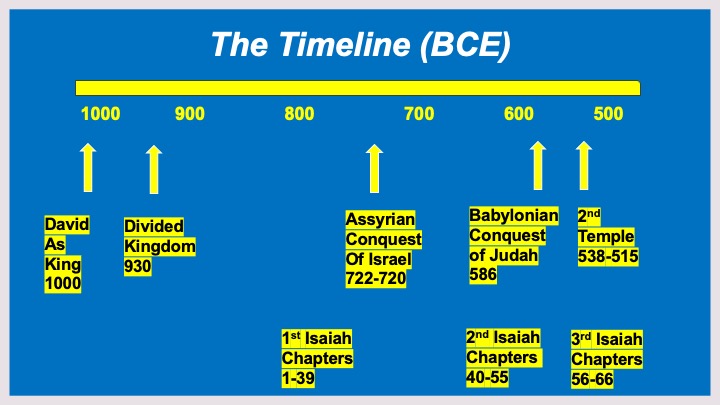
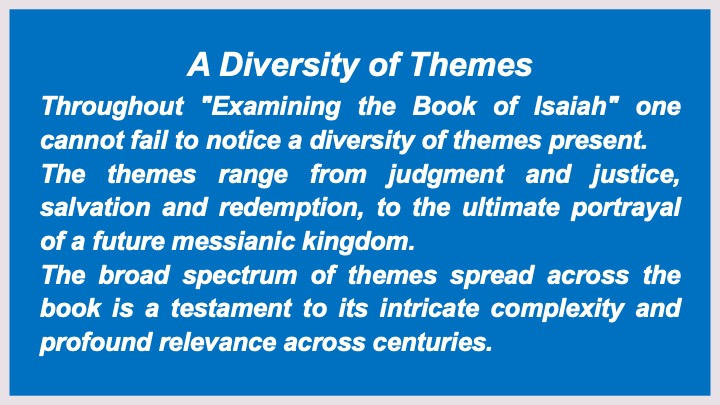
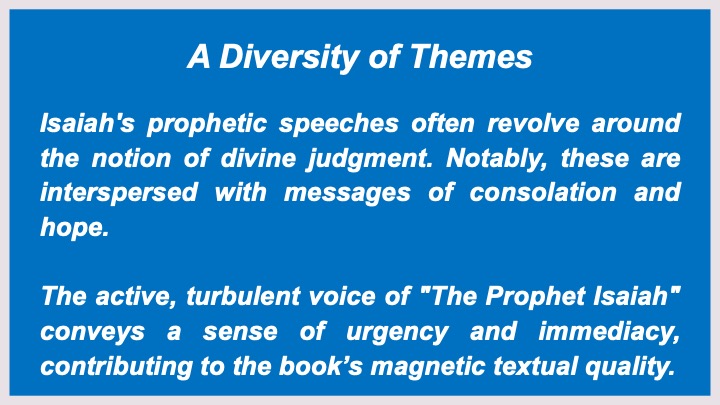
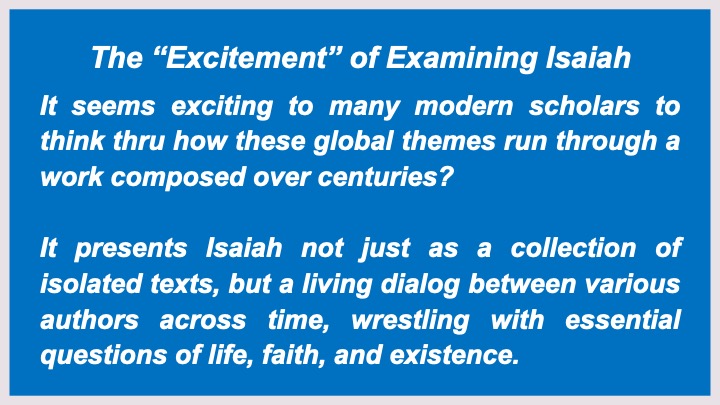
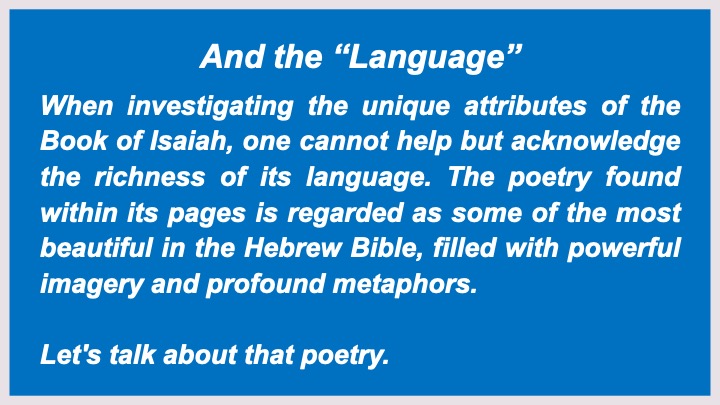
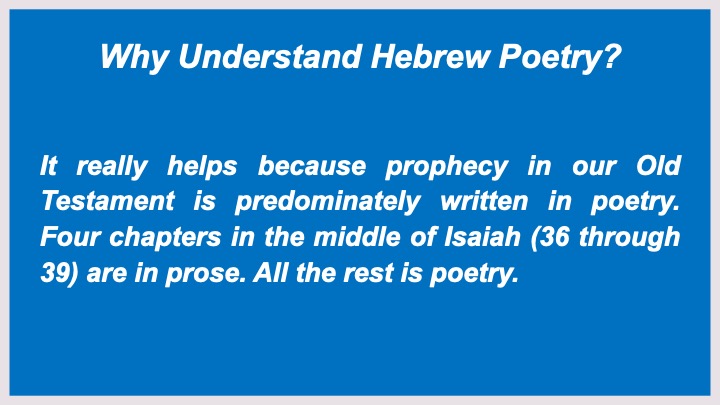
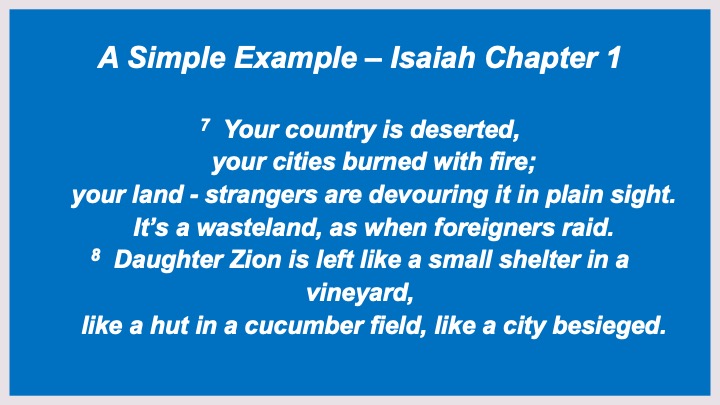
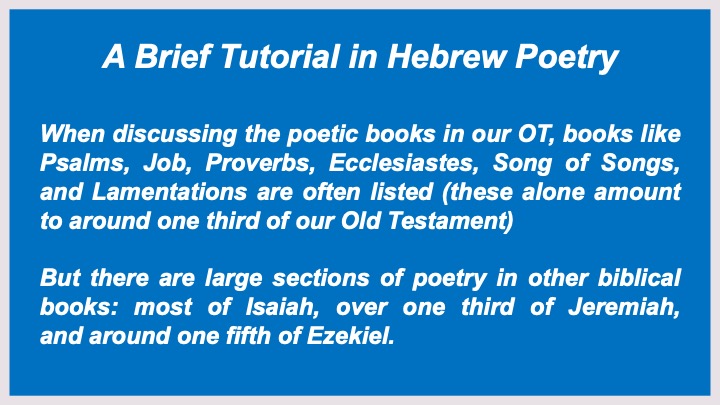
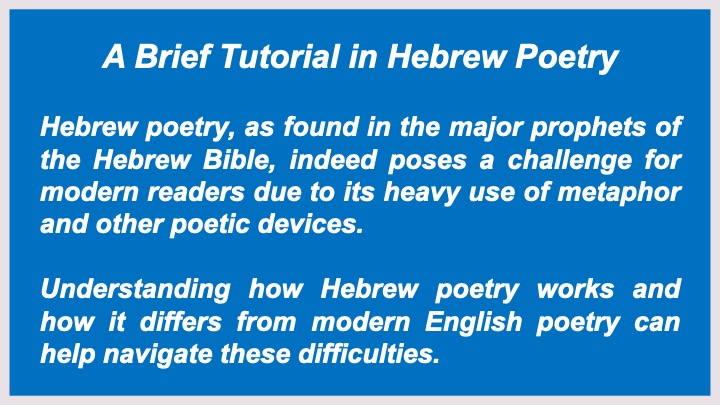
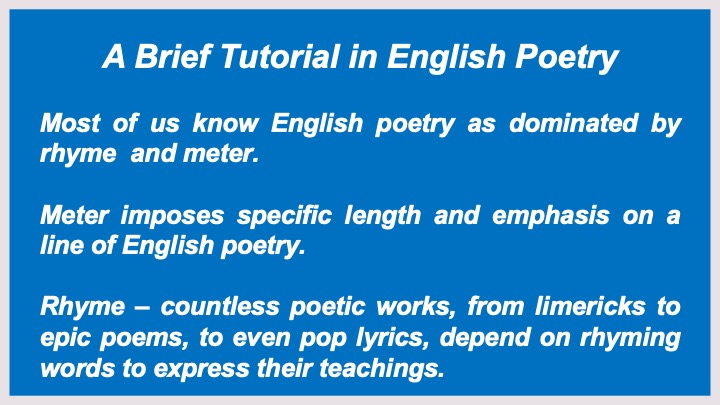
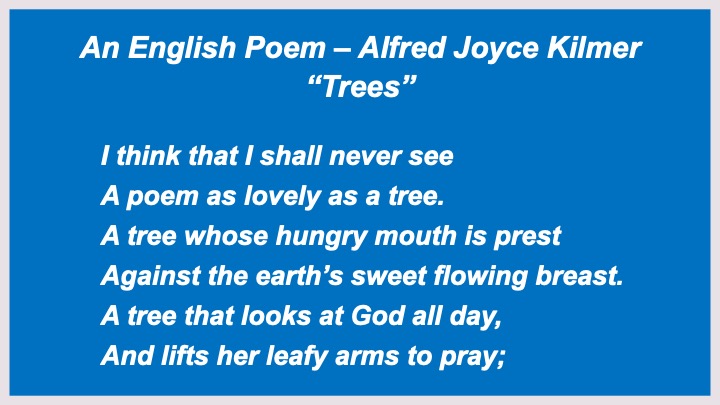
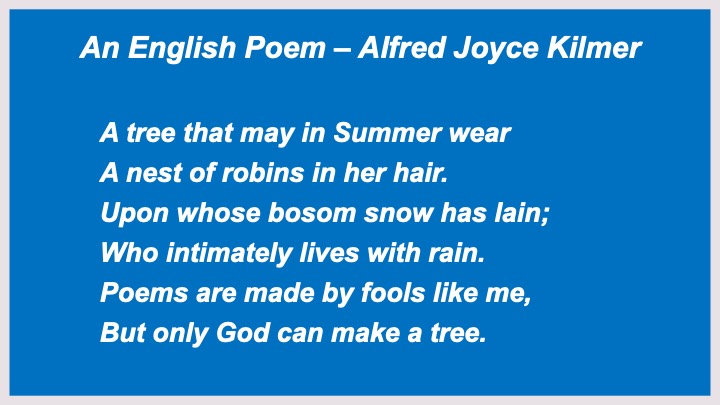
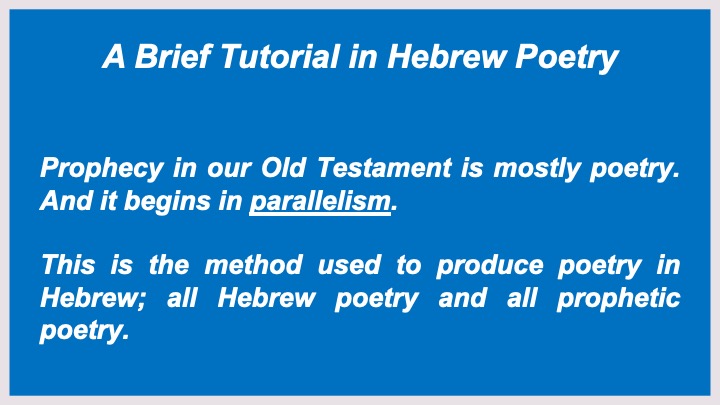
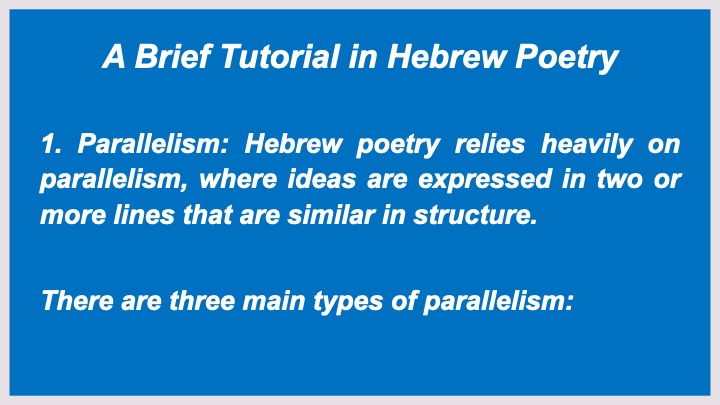
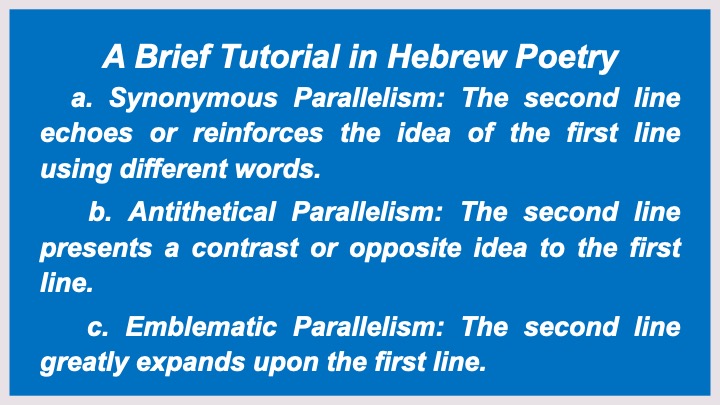
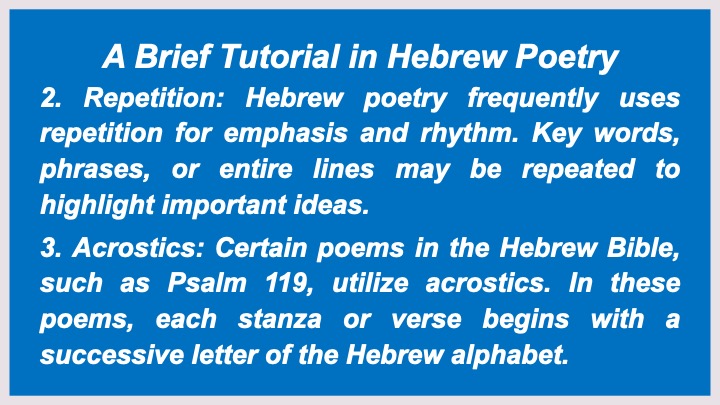
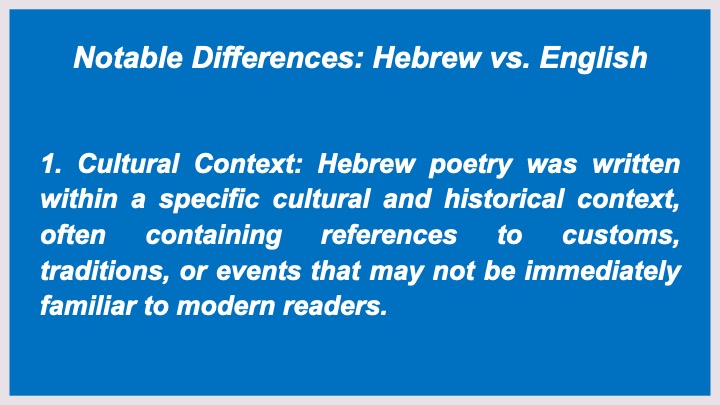
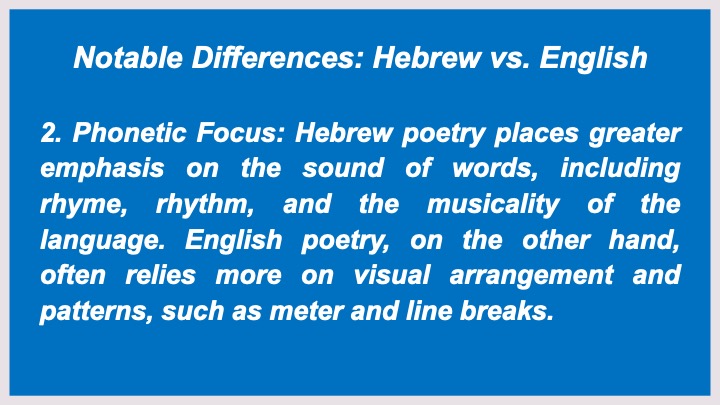
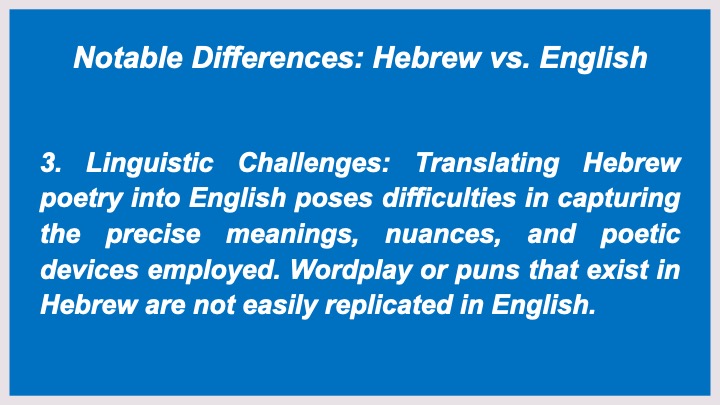
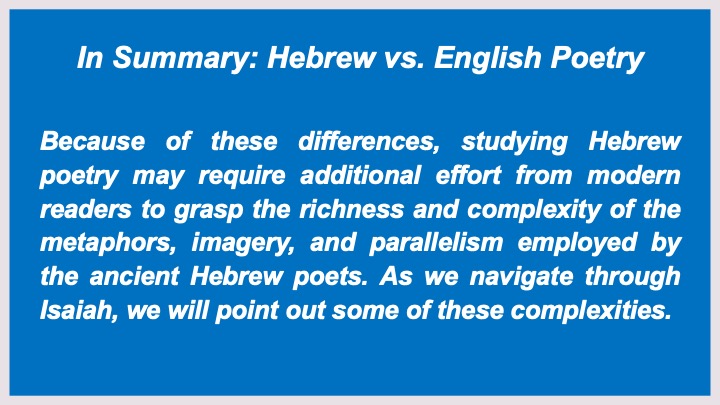
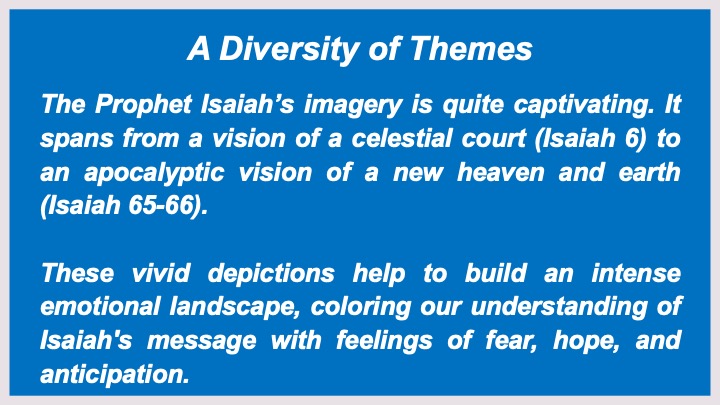
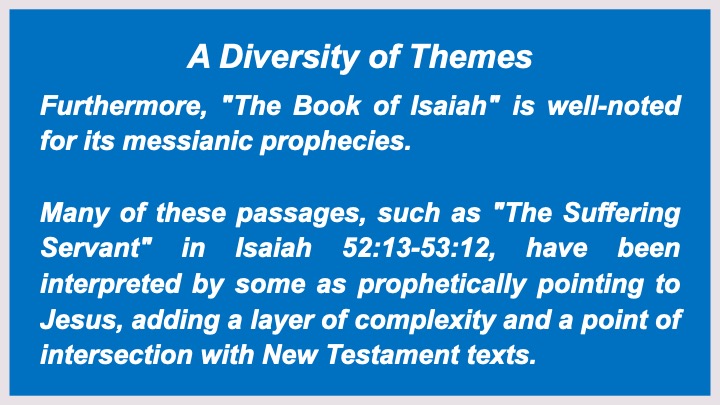
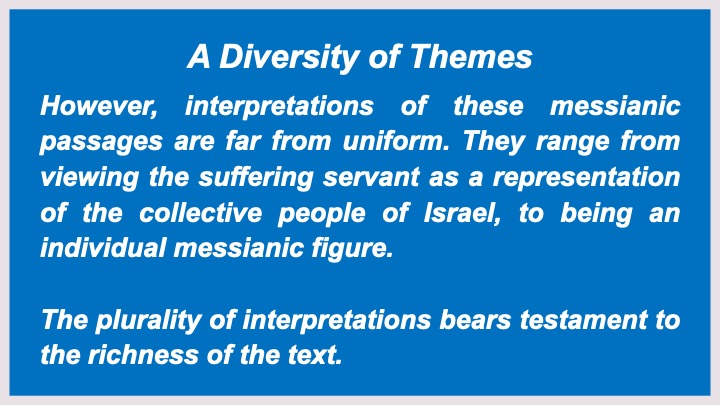
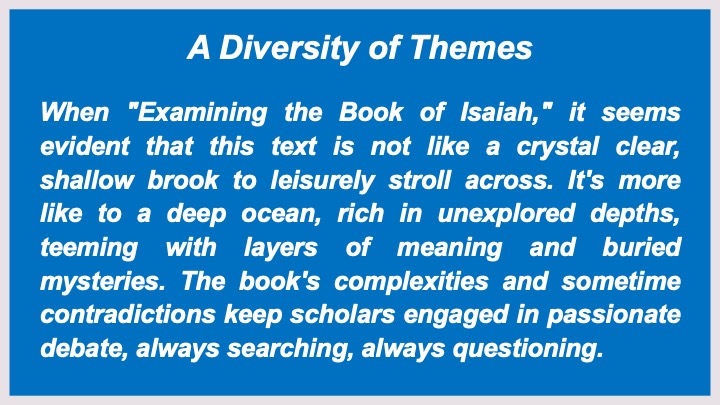
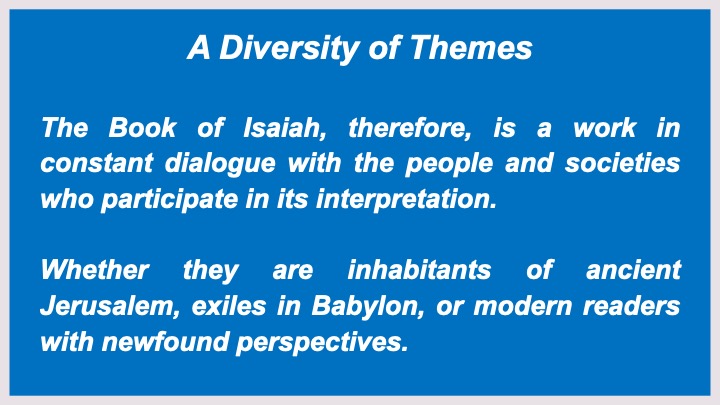
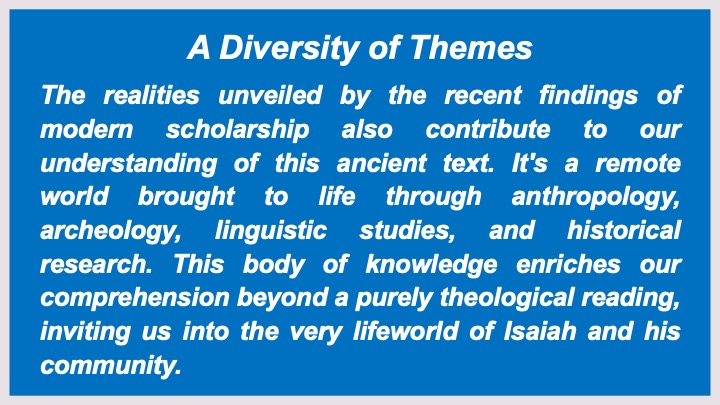
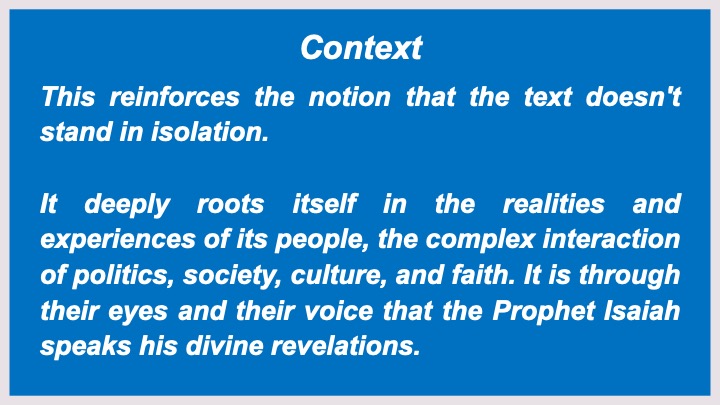
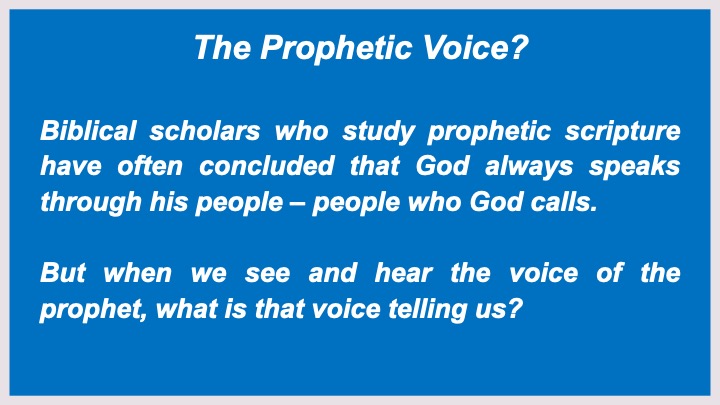
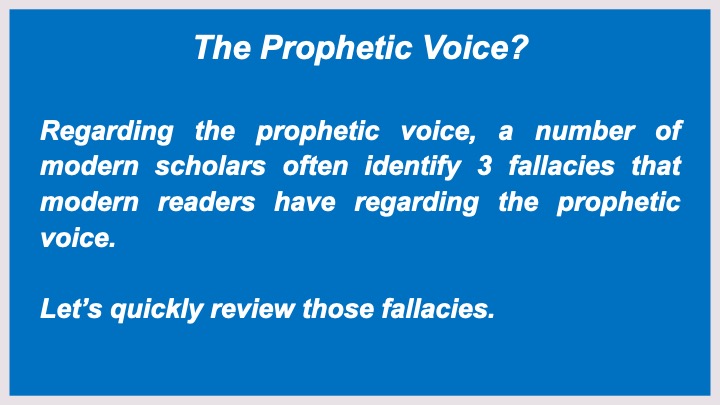
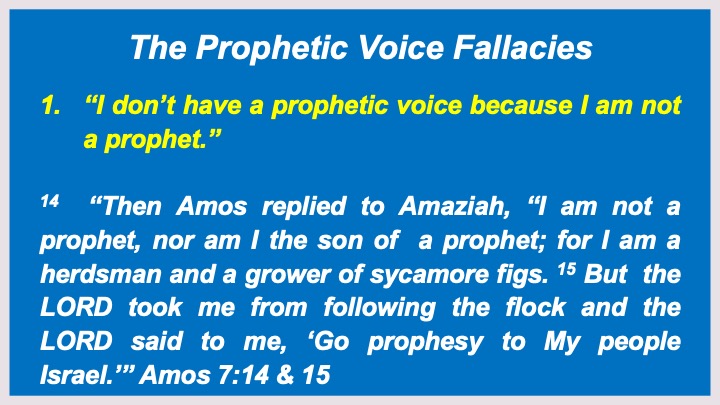
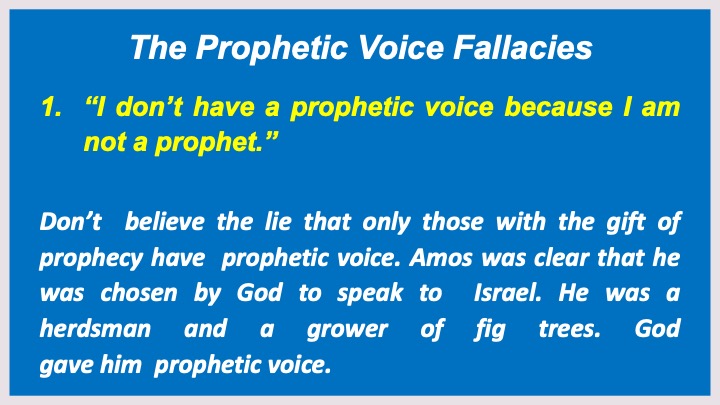
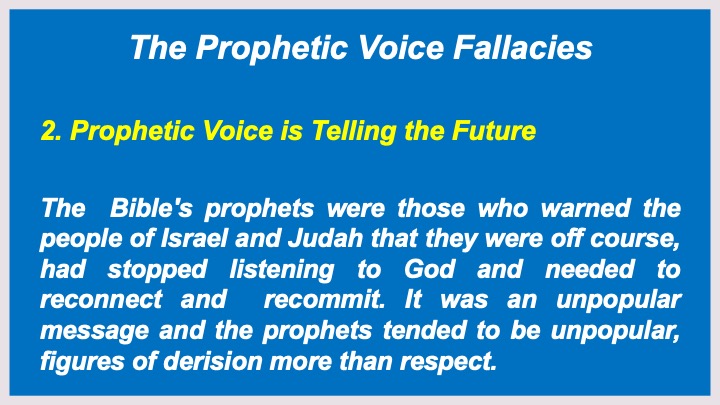
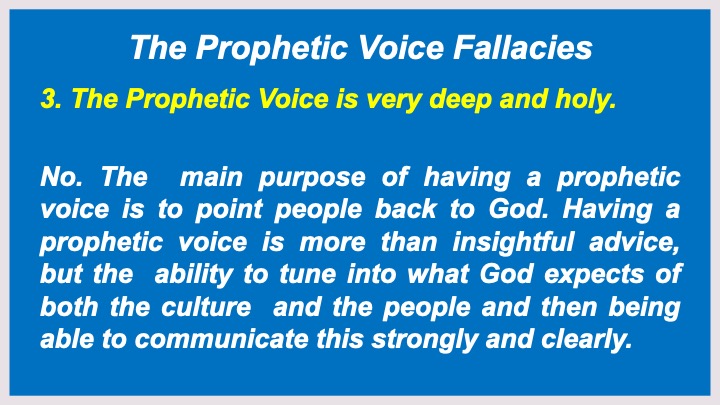
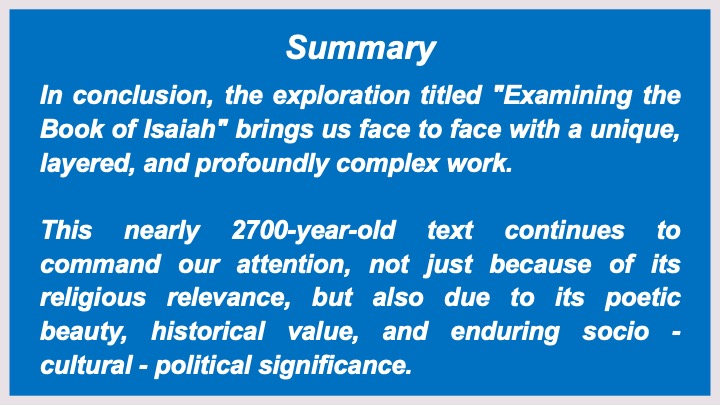
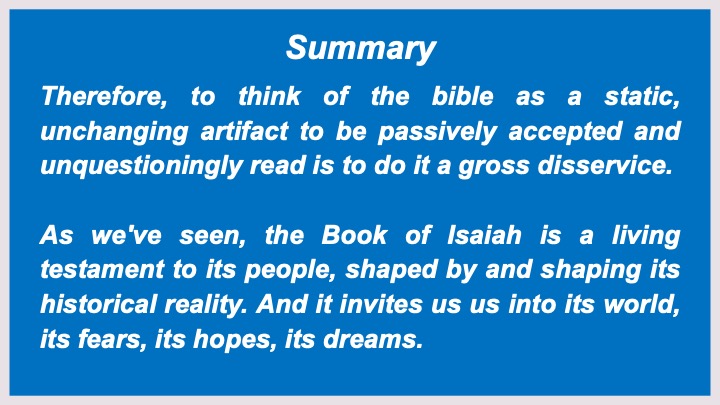
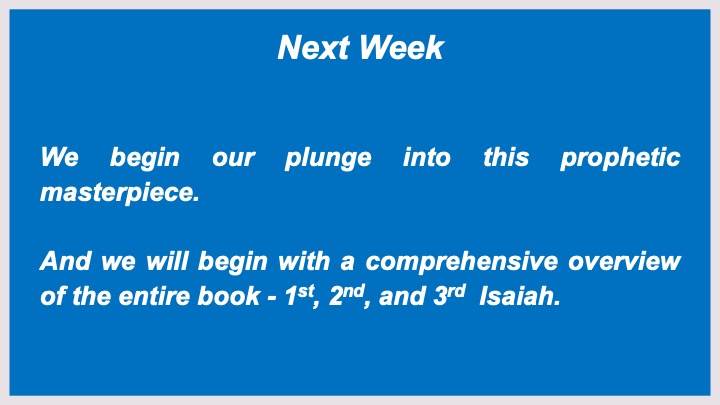
Examining the Book of isaiah 1 Text
Initial Considerations
As we delve into the depths of the religious canon, few books captivate and intrigue as much as the Book of Isaiah.
Here, we will engage in an in-depth exploration titled: "Examining the Book of Isaiah." By doing so, our aim is to open up the complexities of this text and present its distinct aspects in a way that may be grasped and appreciated by an audience wanting to expand their understanding of this neglected religious work.
Located in the Old Testament or the Hebrew Bible, the Book of Isaiah is one of the major prophetic texts. The attributed traditional author is Isaiah, son of Amoz, fondly referred to as "The Prophet Isaiah."
However, modern scholarship has revealed intricate details about its authorship, which is not singular, but potentially a combination of various writers over centuries of historical transitions.
Proto (1st) - Isaiah
To truly appreciate the Book of Isaiah, it is crucial to view it within its historical contexts.
The first part, often referred to as Proto-Isaiah (chapters 1-39), likely originates from the 8th century BCE, a tumultuous time marked by regional conflicts and the demise of the Israelite kingdom to the Assyrian Empire.
Deutero (2nd) – Isaiah
Deutero-Isaiah, comprising chapters 40-55, is generally considered to have been composed during the Babylonian exile in the 6th century BCE.
This section is characterized by themes of redemption and hope, slow transitions from despair to hope, matching the sentiments of an exiled people yearning for return and restoration.
Trito (3rd) – Isaiah
The final part of the text, Trito-Isaiah (chapters 56-66), is thought to have been written after the return from exile.
It explores the struggles and challenges the people encountered in rebuilding not just their physical surroundings, but also their collective identity and religious practice.
Context!
By acknowledging these contrasting historical contexts, it's possible to gain new insights into the Book of Isaiah, comprehending how this work is not static, but rather a dynamic and evolving document that reflects the socio-political realities of the times!
A Diversity of Themes
Throughout "Examining the Book of Isaiah" one cannot fail to notice a diversity of themes present.
The themes range from judgment and justice, salvation and redemption, to the ultimate portrayal of a future messianic kingdom.
The broad spectrum of themes spread across the book is a testament to its intricate complexity and profound relevance across centuries.
Isaiah's prophetic speeches often revolve around the notion of divine judgment. Notably, these are interspersed with messages of consolation and hope.
The active, turbulent voice of "The Prophet Isaiah" conveys a sense of urgency and immediacy, contributing to the book’s magnetic textual quality.
The “Excitement” of Examining Isaiah
It seems exciting to many modern scholars to think thru how these global themes run through a work composed over centuries?
It presents Isaiah not just as a collection of isolated texts, but a living dialog between various authors across time, wrestling with essential questions of life, faith, and existence.
And the “Language”
When investigating the unique attributes of the Book of Isaiah, one cannot help but acknowledge the richness of its language. The poetry found within its pages is regarded as some of the most beautiful in the Hebrew Bible, filled with powerful imagery and profound metaphors.
Let's talk about that poetry.
Why Understand Hebrew Poetry?
It really helps because prophecy in our Old Testament is predominately written in poetry. Four chapters in the middle of Isaiah (36 through 39) are are in prose. All the rest is poetry.
A Simple Example – Isaiah Chapter 1
7
Your country is deserted,
your cities burned with fire;
your land - strangers are devouring it in plain sight.
It’s a wasteland, as when foreigners raid.
8 Daughter Zion is left
like a small shelter in a vineyard,
like a hut in a cucumber field, like a city besieged.
A Brief Tutorial in Hebrew Poetry
Hebrew poetry, as found in the major prophets of the Hebrew Bible, indeed poses a challenge for modern readers due to its heavy use of metaphor and other poetic devices.
Understanding how Hebrew poetry works and how it differs from modern English poetry can help navigate these difficulties.
Most of us know English poetry as dominated by rhyme and meter.
Meter imposes specific length and emphasis on a line of English poetry.
Rhyme – countless poetic works, from limericks to epic poems, to even pop lyrics, depend on rhyming words to express their teachings.
An English Poem – Alfred Joyce Kilmer
“Trees”
I think that I shall never see
A poem as lovely as a tree.
A tree whose hungry mouth is prest
Against the earth’s sweet flowing breast.
A tree that looks at God all day,
And lifts her leafy arms to pray;
A tree that may in Summer wear
A nest of robins in her hair.
Upon whose bosom snow has lain;
Who intimately lives with rain.
Poems are made by fools like me,
But only God can make a tree.
A Brief Tutorial in Hebrew Poetry
Prophecy in our Old Testament is mostly poetry. And it begins in parallelism.
This is the method used to produce poetry in Hebrew; all Hebrew poetry and all prophetic poetry.
1. Parallelism: Hebrew poetry relies heavily on parallelism, where ideas are expressed in two or more lines that are similar in structure.
There are three main types of parallelism:
a. Synonymous Parallelism: The second line echoes or reinforces the idea of the first line using different words.
b. Antithetical Parallelism: The second line presents a contrast or opposite idea to the first line.
c. Emblematic Parallelism: The second line greatly expands upon the first line.
2. Repetition: Hebrew poetry frequently uses repetition for emphasis and rhythm. Key words, phrases, or entire lines may be repeated to highlight important ideas.
3. Acrostics: Certain poems in the Hebrew Bible, such as Psalm 119, utilize acrostics. In these poems, each stanza or verse begins with a successive letter of the Hebrew alphabet.
Notable Differences: Hebrew vs. English
1. Cultural Context: Hebrew poetry was written within a specific cultural and historical context, often containing references to customs, traditions, or events that may not be immediately familiar to modern readers.
2. Phonetic Focus: Hebrew poetry places greater emphasis on the sound of words, including rhyme, rhythm, and the musicality of the language. English poetry, on the other hand, often relies more on visual arrangement and patterns, such as meter and line breaks.
3. Linguistic Challenges: Translating Hebrew poetry into English poses difficulties in capturing the precise meanings, nuances, and poetic devices employed. Wordplay or puns that exist in Hebrew are not easily replicated in English.
In Summary: Hebrew vs. English Poetry
Because of these differences, studying Hebrew poetry may require additional effort from modern readers to grasp the richness and complexity of the metaphors, imagery, and parallelism employed by the ancient Hebrew poets. As we navigate through Isaiah, we will point out some of these complexities.
A Diversity of Themes
The Prophet Isaiah’s imagery is quite captivating. It spans from a vision of a celestial court (Isaiah 6) to an apocalyptic vision of a new heaven and earth (Isaiah 65-66).
These vivid depictions help to build an intense emotional landscape, coloring our understanding of Isaiah's message with feelings of fear, hope, and anticipation.
Furthermore, "The Book of Isaiah" is well-noted for its messianic prophecies.
Many of these passages, such as "The Suffering Servant" in Isaiah 52:13-53:12, have been interpreted by some as prophetically pointing to Jesus, adding a layer of complexity and a point of intersection with New Testament texts.
However, interpretations of these messianic passages are far from uniform. They range from viewing the suffering servant as a representation of the collective people of Israel, to being an individual messianic figure.
The plurality of interpretations bears testament to the richness of the text.
When "Examining the Book of Isaiah," it seems evident that this text is not like a crystal clear, shallow brook to leisurely stroll across. It's more like to a deep ocean, rich in unexplored depths, teeming with layers of meaning and buried mysteries. The book's complexities and sometime contradictions keep scholars engaged in passionate debate, always searching, always questioning.
The Book of Isaiah, therefore, is a work in constant dialogue with the people and societies who participate in its interpretation.
Whether they are inhabitants of ancient Jerusalem, exiles in Babylon, or modern readers with newfound perspectives.
The realities unveiled by the recent findings of modern scholarship also contribute to our understanding of this ancient text. It's a remote world brought to life through anthropology, archeology, linguistic studies, and historical research. This body of knowledge enriches our comprehension beyond a purely theological reading, inviting us into the very lifeworld of Isaiah and his community.
Context
This reinforces the notion that the text doesn't stand in isolation.
It deeply roots itself in the realities and experiences of its people, the complex interaction of politics, society, culture, and faith. It is through their eyes and their voice that the Prophet Isaiah speaks his divine revelations.
The Prophetic Voice?
Biblical scholars who study prophetic scripture have often concluded that God always speaks through his people – people who God calls.
But when we see and hear the voice of the prophet, what is that voice telling us?
Regarding the prophetic voice, a number of modern scholars often identify 3 fallacies that modern readers have regarding the prophetic voice.
Let’s quickly review those fallacies.
The Prophetic Voice Fallacies
- “I don’t have a prophetic voice because I am not a prophet.”
14 “Then Amos replied to Amaziah, “I am not a prophet, nor am I the son of a prophet; for I am a herdsman and a grower of sycamore figs. 15 But the LORD took me from following the flock and the LORD said to me, ‘Go prophesy to My people Israel.’” Amos 7:14 & 15
Don’t believe the lie that only those with the gift of prophecy have prophetic voice. Amos was clear that he was chosen by God to speak to Israel. He was a herdsman and a grower of fig trees. God gave him prophetic voice.
2. Prophetic Voice is Telling the Future
The Bible's prophets were those who warned the people of Israel and Judah that they were off course, had stopped listening to God and needed to reconnect and recommit. It was an unpopular message and the prophets tended to be unpopular, figures of derision more than respect.
3. The Prophetic Voice is very deep and holy.
No. The main purpose of having a prophetic voice is to point people back to God. Having a prophetic voice is more than insightful advice, but the ability to tune into what God expects of both the culture and the people and then being able to communicate this strongly and clearly.
Summary
In conclusion, the exploration titled "Examining the Book of Isaiah" brings us face to face with a unique, layered, and profoundly complex work.
This nearly 2700-year-old text continues to command our attention, not just because of its religious relevance, but also due to its poetic beauty, historical value, and enduring socio - cultural - political significance.
Therefore, to think of the bible as a static, unchanging artifact to be passively accepted and unquestioningly read is to do it a gross disservice.
As we've seen, the Book of Isaiah is a living testament to its people, shaped by and shaping its historical reality. And it invites us us into its world, its fears, its hopes, its dreams.
Next Week
We begin our plunge into this prophetic masterpiece.
And we will begin with a comprehensive overview of the entire book - 1st, 2nd, and 3rd Isaiah.